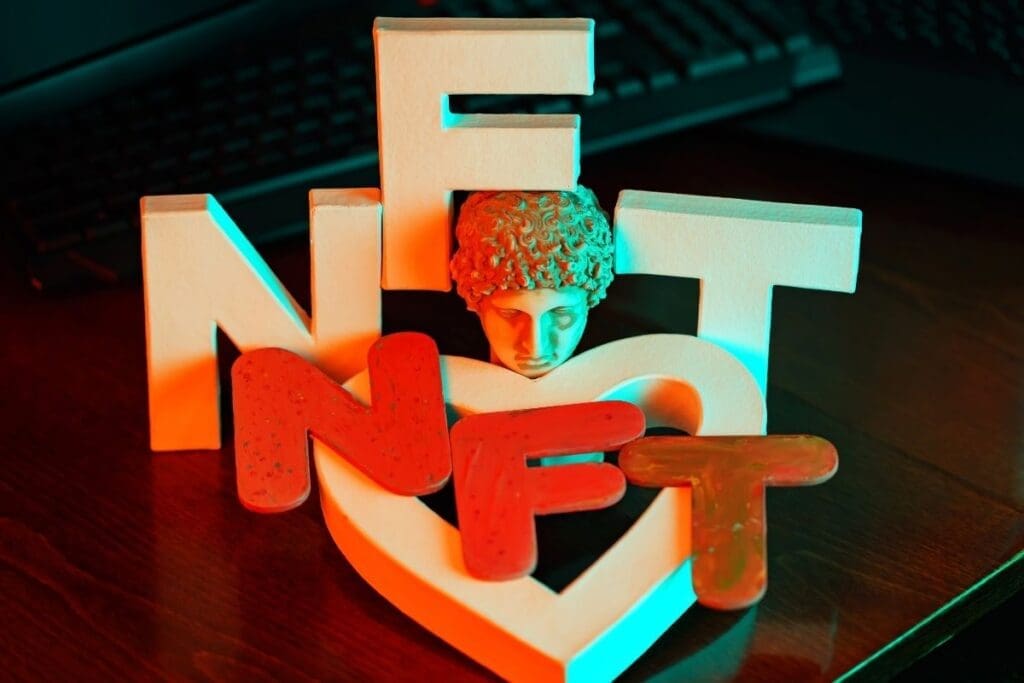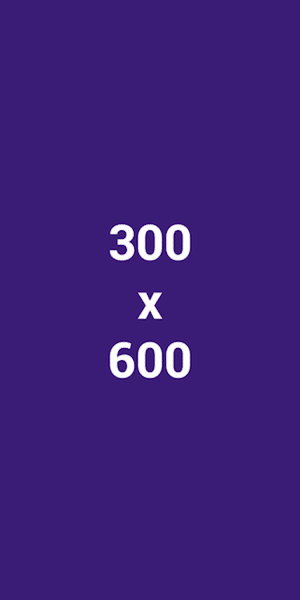With the rise of NFTs, many individuals are intrigued by the opportunity to participate in this emerging ecosystem by creating their own NFTs. Even if you aren’t planning to develop a complex algorithmic NFT collection or a game-specific NFT, the process of generating an NFT is relatively simple and doesn’t necessitate any coding expertise. Numerous user-friendly NFT marketplaces streamline the creation process, making it accessible to individuals with varying levels of technical proficiency.
Before delving into the creation of your own NFT, it’s crucial to consider the following key steps:
What can you produce?

The possibilities for creating NFTs are virtually limitless and are constrained only by your imagination. In recent times, a diverse array of unique items have been transformed into NFTs, including the first-ever Tweet on Twitter, memorable moments from prominent basketball games, avatars of globally recognized personalities, and even expressions of love. Essentially, anything from the physical or digital realm can be tokenized into an NFT. Common categories of assets that can be converted into NFTs include:
- Works of Art
- Visual Files
- GIFs
- Audio Files and Music
- Avatars and Profile Pictures
- Collectibles
- Digital Representations of Real-World Assets
- Video Footage
- Game Elements
Whether it’s a piece of digital art or a cherished collectible from your favorite game, the NFT space offers a wide range of creative and practical opportunities.
What are the blockchains that can produce NFTs?

When selecting the appropriate blockchain for minting your NFTs, several considerations come into play, such as production costs, supported platforms, and platform volume. Choosing to mint an NFT on the Ethereum network provides access to some of the largest and most renowned NFT marketplaces. However, this decision comes with elevated production costs due to Ethereum’s substantial transaction fees. While these high fees may be a downside for low-budget projects, they also act as a deterrent for potential fraud, making Ethereum a safer choice for serious creators.
On the other hand, the high fees associated with Ethereum have given rise to alternative platforms that offer lower transaction costs. Blockchains like Binance Smart Chain and Solana have capitalized on this opportunity and secured a significant share of the NFT market. These alternative platforms provide distinct advantages for creators seeking to minimize costs while actively participating in the NFT space.
Here are some of the primary blockchains where NFTs can be minted:
- Ethereum
- Binance Smart Chain
- Solana
- Avalanche (Avax)
- Tron
- EOS
- Polkadot
- Tezos
- Cosmos
- Wax
- Zilliqa
- Polygon
- Flow
Each blockchain offers unique benefits, so comprehending your project requirements and the network’s capabilities can help you make an informed choice when minting your NFTs.
What is the Gas Fee for NFT?

Source link



















